Home>Gardening & Outdoor>Landscaping Ideas>How To Remove Grass And Replant
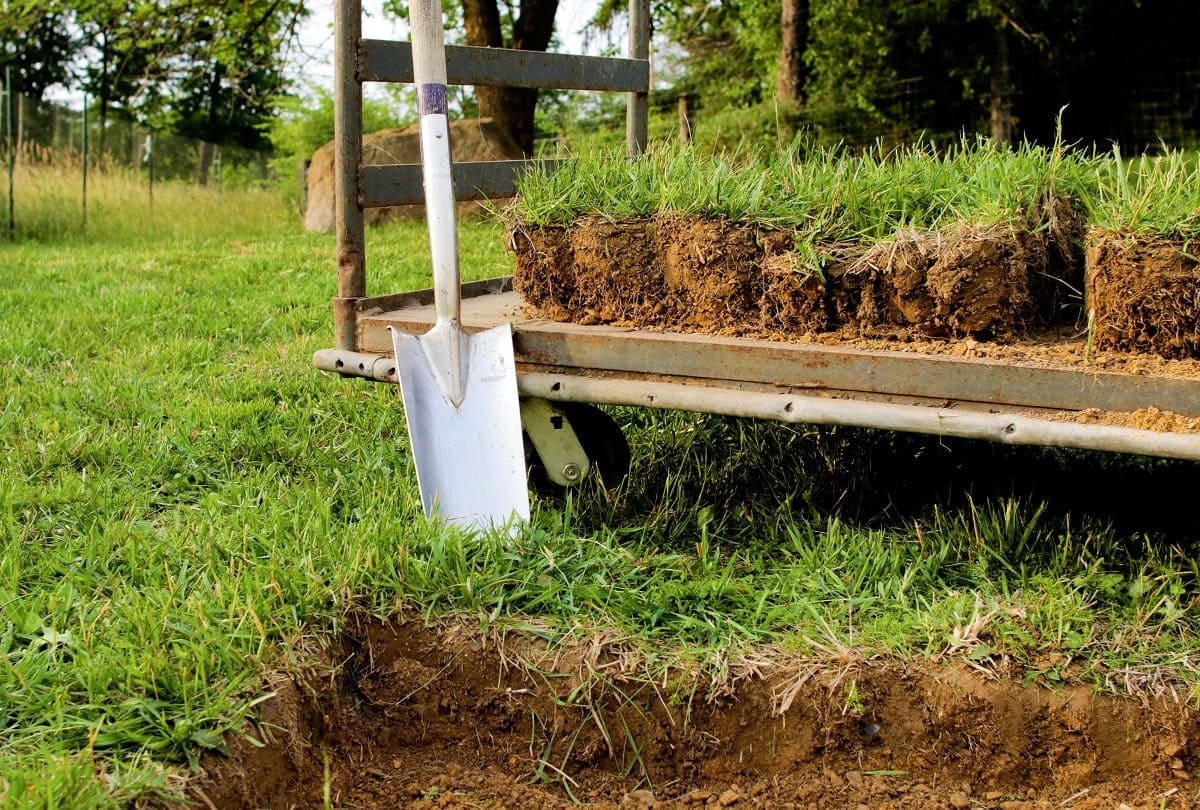

Landscaping Ideas
How To Remove Grass And Replant
Modified: August 27, 2024
Learn how to remove grass and replant with our expert landscaping ideas. Transform your outdoor space with our step-by-step guide.
(Many of the links in this article redirect to a specific reviewed product. Your purchase of these products through affiliate links helps to generate commission for Storables.com, at no extra cost. Learn more)
Introduction
Landscaping is a rewarding endeavor that allows you to transform your outdoor space into a beautiful and functional area. Whether you're looking to create a vibrant garden, a tranquil retreat, or an inviting entertainment area, landscaping offers endless possibilities. One common challenge that many homeowners face when embarking on a landscaping project is the need to remove existing grass and replant the area with new vegetation. This process can seem daunting at first, but with the right knowledge and approach, it can be a fulfilling and enjoyable task.
In this comprehensive guide, we will walk you through the steps to remove grass and replant your desired area, ensuring that you achieve the landscape of your dreams. From clearing the area to preparing the soil and selecting the perfect plants, we will cover everything you need to know to successfully complete this project. Whether you're a seasoned gardener or a novice enthusiast, this guide will equip you with the essential information to tackle this task with confidence.
So, roll up your sleeves, grab your gardening tools, and let's dive into the step-by-step process of removing grass and replanting. With a little effort and a touch of creativity, you'll soon be on your way to enjoying a stunning and vibrant outdoor space that reflects your unique style and personality. Let's get started!
Key Takeaways:
- Clearing the area is the first step in creating a new landscape. Mark boundaries, remove debris, trim overgrown plants, clear weeds, and address unwanted structures to prepare for the next steps.
- Replanting with care is essential for a vibrant landscape. Choose suitable plants, create a planting plan, plant with care, water and mulch, and maintain the new area for long-term beauty.
Read more: How To Dig Up Grass And Replant
Step 1: Clearing the Area
Before you can begin the process of removing grass and replanting, it’s essential to clear the designated area of any existing vegetation, debris, and obstacles. This initial step sets the stage for the subsequent tasks and ensures that you have a clean canvas to work with. Here’s how to effectively clear the area:
- Mark the Boundaries: Start by clearly defining the boundaries of the area you intend to work on. This can be done using marking paint, string, or small flags. Clearly marked boundaries will help you stay focused and organized throughout the clearing process.
- Remove Large Debris: Inspect the area for any large debris such as rocks, branches, or old landscaping materials. Clearing these items will prevent interference with the subsequent steps and create a safer working environment.
- Trim Overgrown Vegetation: If the area is overgrown with bushes, shrubs, or small trees, use pruning shears or a small saw to trim them back. This will make it easier to access the ground and identify any hidden obstacles.
- Clear Weeds and Undergrowth: Use a sturdy garden rake or a specialized weed-clearing tool to remove any weeds, vines, or dense undergrowth. Be thorough in this process to ensure that the ground is clear of unwanted vegetation.
- Address Unwanted Structures: If there are any unwanted structures in the area, such as old garden beds, decaying fences, or dilapidated features, consider dismantling and removing them at this stage. This will create a clean and open space for the subsequent tasks.
By diligently clearing the area, you’ll create a blank canvas that is ready for the next phases of the project. This initial preparation sets the stage for a successful transition to the subsequent steps of removing grass and replanting with new, vibrant vegetation.
Step 2: Removing Grass
Once the area is cleared and prepared, the next crucial step in the process of removing grass and replanting involves effectively eliminating the existing grass. This ensures that the new plants and landscaping features have the best possible start in the revitalized space. Here’s how to methodically remove the grass:
- Choose the Removal Method: There are several methods to consider for grass removal, including manual removal, sod cutting, and chemical treatments. The most suitable method for your project will depend on factors such as the size of the area, the type of grass, and your personal preferences.
- Manual Removal: For smaller areas or selective grass removal, manual methods such as digging, using a shovel, or employing a sod cutter can be effective. This approach allows for precise control over which areas of grass are removed.
- Sod Cutting: If you’re dealing with a larger area and wish to remove the grass in its entirety, a sod cutter can be rented or purchased to efficiently cut and remove the top layer of grass and soil. This method is ideal for creating a clean slate for replanting.
- Chemical Treatments: In cases where complete grass removal is necessary and manual labor is not feasible, herbicidal treatments can be used to eliminate the grass. It’s important to carefully follow the instructions and safety guidelines when using chemical products.
- Dispose of Removed Grass: Once the grass is removed, it’s essential to dispose of it responsibly. If the grass is healthy and free of pests or diseases, it can be composted. Otherwise, it should be disposed of in accordance with local waste disposal regulations.
By methodically removing the existing grass, you’ll create a clean and receptive environment for the subsequent steps of preparing the soil and replanting. This diligent approach sets the stage for a successful transition to the next phase of the landscaping project.
Use a shovel to dig up the grass, making sure to remove all roots. Then, add new soil and replant with desired plants or grass. Water thoroughly after replanting.
Step 3: Preparing the Soil
With the existing grass removed, the focus shifts to preparing the soil to create an optimal environment for the new plants and landscaping elements. Proper soil preparation is essential for ensuring the healthy growth and establishment of the replanted area. Here’s how to effectively prepare the soil:
- Assess Soil Composition: Begin by assessing the composition of the soil, including its texture, drainage capabilities, and nutrient levels. This can be done through simple tests or by consulting with a local gardening center or agricultural extension service.
- Amend Soil as Needed: Based on the soil assessment, amend the soil as necessary to improve its quality. This may involve adding organic matter such as compost, well-rotted manure, or peat moss to enhance the soil’s structure and fertility.
- Address Soil Compaction: If the soil is compacted, use a garden fork, aeration tool, or mechanical aerator to alleviate compaction and improve air and water penetration. Loosening the soil will create a more hospitable environment for plant roots.
- Level the Soil: Use a rake or leveling tool to even out the soil surface, removing any bumps, depressions, or uneven areas. A level surface provides a stable foundation for the new plants and facilitates proper water distribution.
- Consider Soil pH: Test the soil pH and make adjustments if necessary to ensure it falls within the optimal range for the plants you intend to replant. Adding lime to raise the pH or elemental sulfur to lower it can help create an ideal growing environment.
By diligently preparing the soil, you’ll create an environment that is conducive to the healthy establishment and growth of the new plants and landscaping features. This essential step sets the stage for the successful replanting of the area, ensuring that the revitalized space thrives for years to come.
Step 4: Replanting
With the area cleared, the existing grass removed, and the soil meticulously prepared, it’s time to embark on the exciting phase of replanting with new vegetation and landscaping elements. This step allows you to infuse the space with your desired plants, creating a vibrant and inviting landscape. Here’s how to approach the process of replanting:
- Select Suitable Plants: Choose plants that are well-suited to the local climate, soil conditions, and the specific microclimate of the area. Consider factors such as sunlight exposure, water requirements, and mature size to ensure a harmonious and sustainable plant selection.
- Plan Plant Placement: Create a planting plan that outlines the placement of each selected plant within the area. Consider the mature size of the plants, their growth habits, and any design considerations such as color schemes, textures, and seasonal interest.
- Plant with Care: Dig proper planting holes for each plant, ensuring they are wide and deep enough to accommodate the root systems. Gently remove the plants from their containers, loosen the roots if they are pot-bound, and position them at the appropriate depth in the soil.
- Water and Mulch: After planting, thoroughly water the newly installed plants to help them settle into their new environment. Apply a layer of organic mulch around the plants to conserve moisture, suppress weeds, and regulate soil temperature.
- Maintain and Monitor: Establish a regular maintenance routine to care for the newly planted area. This may include watering as needed, monitoring for pests and diseases, and providing ongoing soil amendments and fertilization as recommended for the specific plants.
By thoughtfully replanting the area with carefully selected vegetation and implementing proper planting techniques, you’ll bring your vision to life and create a captivating landscape that enhances your outdoor space. This final step completes the transformation from cleared ground to a flourishing and inviting environment that you can enjoy for years to come.
Read more: How To Remove Zoysia Grass
Conclusion
Congratulations on successfully navigating the process of removing grass and replanting, transforming a blank canvas into a vibrant and inviting landscape. By following the comprehensive steps outlined in this guide, you’ve taken a significant stride toward creating an outdoor space that reflects your vision and enhances the beauty of your home. As you conclude this project, it’s important to reflect on the journey and celebrate the accomplishments achieved along the way.
Through diligent clearing of the area, meticulous removal of existing grass, thoughtful soil preparation, and strategic replanting, you have set the stage for a thriving and sustainable landscape. The attention to detail and care invested in each step will contribute to the long-term health and beauty of the revitalized space.
As you admire the newly replanted area, take pride in the transformation you’ve brought to life. Whether you’ve created a vibrant garden oasis, a serene retreat, or an inviting entertainment area, your efforts have added value and personality to your outdoor environment. Embrace the opportunity to watch your new plants grow and flourish, creating a dynamic and ever-changing tapestry of colors, textures, and scents.
Remember that the journey doesn’t end with the completion of the project. Embrace the ongoing care and maintenance of your new landscape, nurturing it as it evolves and matures. As the seasons unfold, take pleasure in observing the changes and growth within the space, knowing that your thoughtful planning and execution have laid the foundation for a captivating outdoor sanctuary.
Thank you for embarking on this transformative journey with us. We hope this guide has empowered you with the knowledge and inspiration to tackle future landscaping projects with confidence and creativity. May your newly replanted area bring joy, tranquility, and a deep connection to the natural world, enriching your life and the lives of those who share in its beauty.
Frequently Asked Questions about How To Remove Grass And Replant
Was this page helpful?
At Storables.com, we guarantee accurate and reliable information. Our content, validated by Expert Board Contributors, is crafted following stringent Editorial Policies. We're committed to providing you with well-researched, expert-backed insights for all your informational needs.
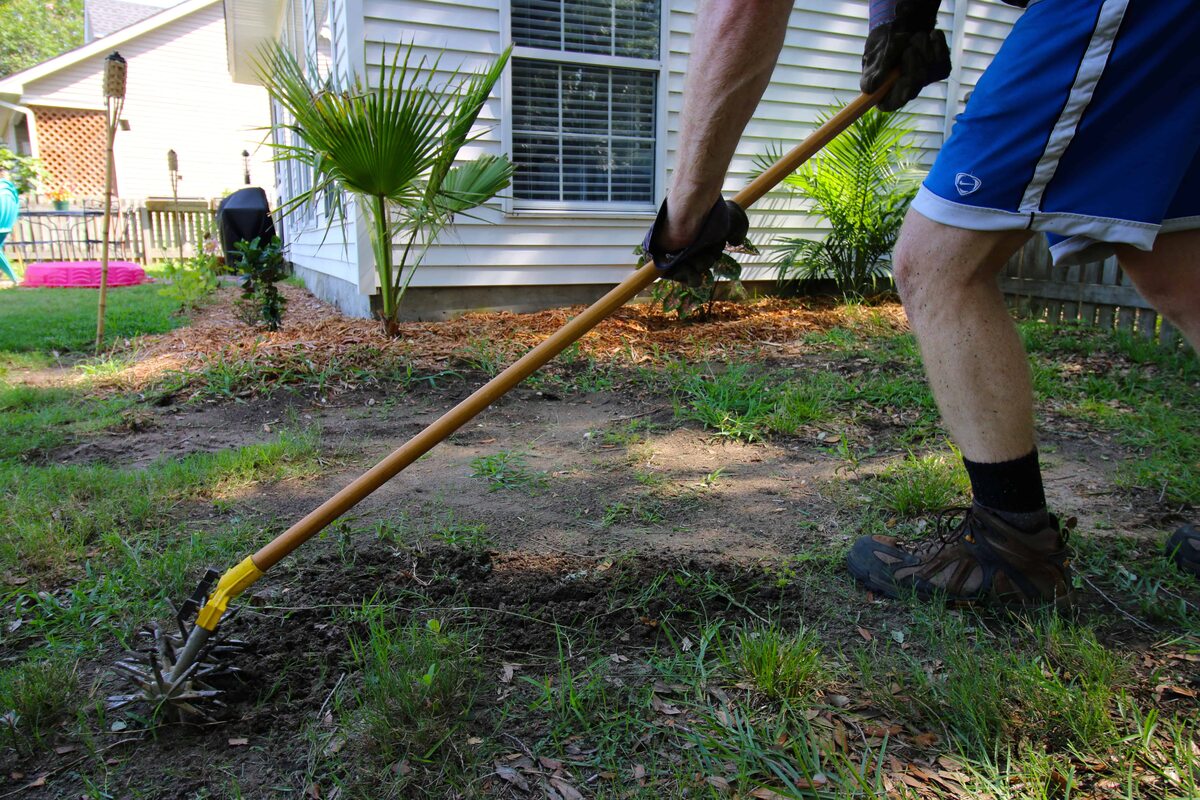
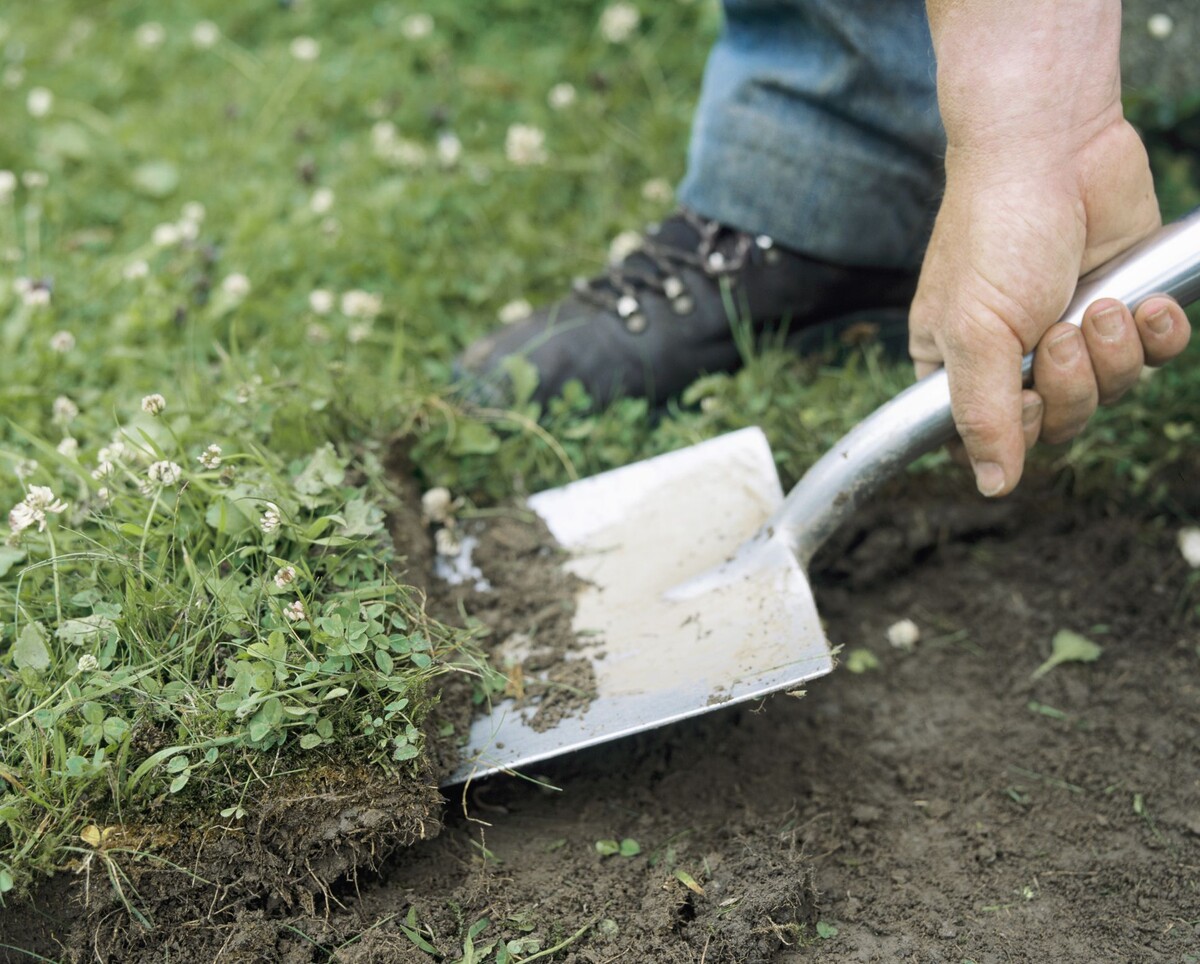
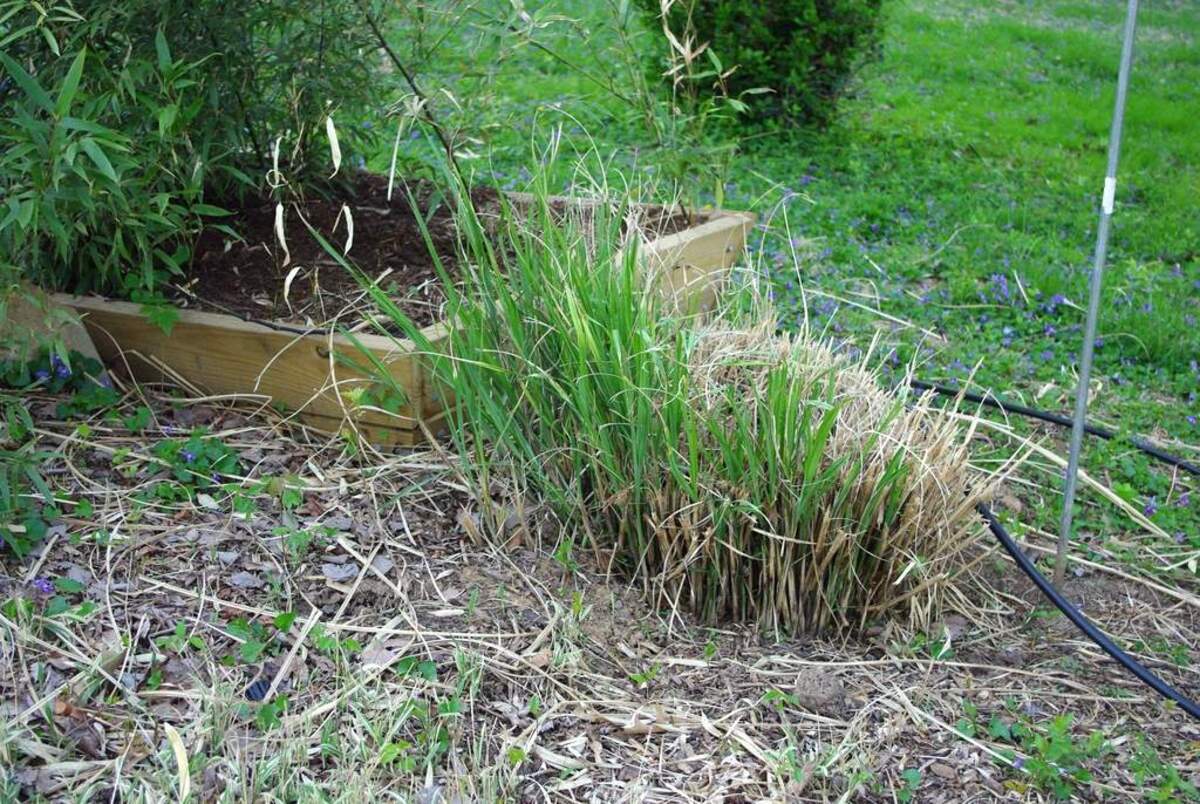

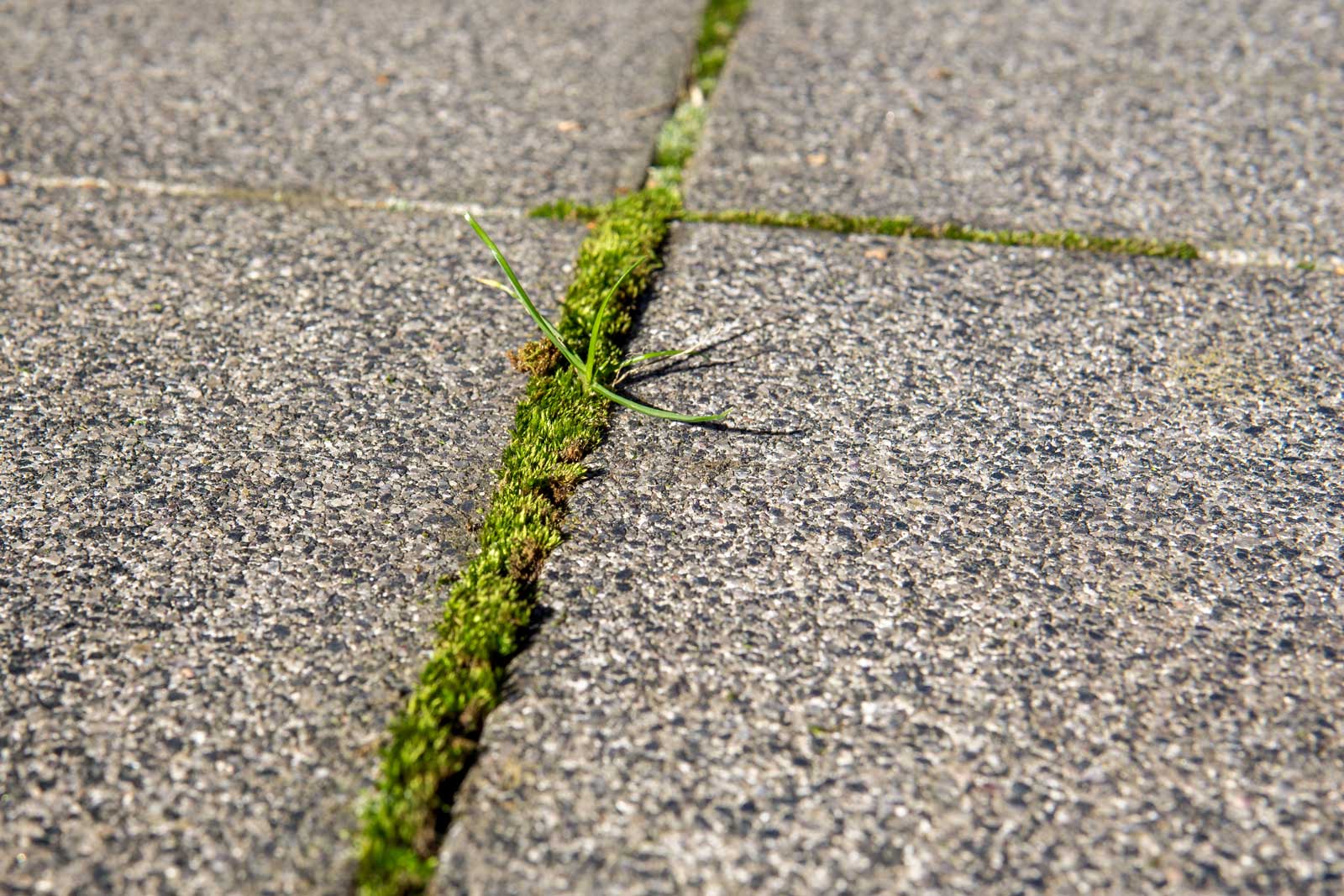
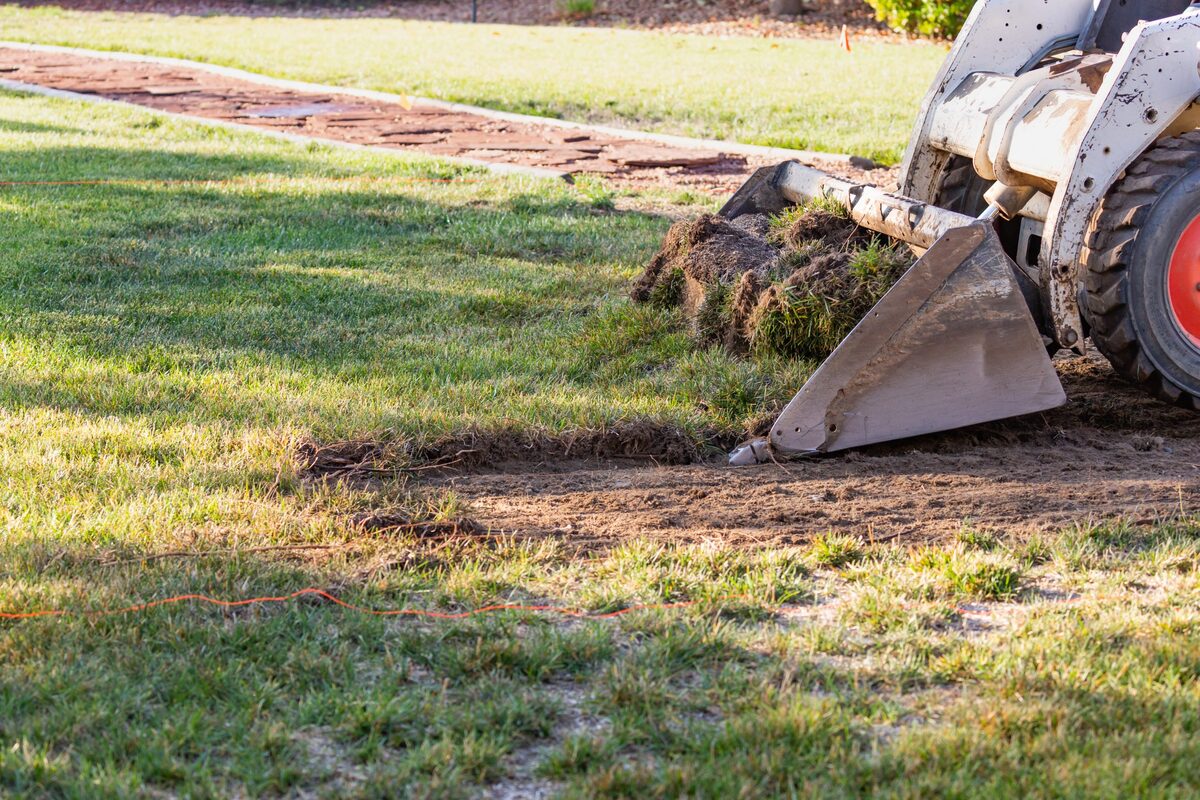
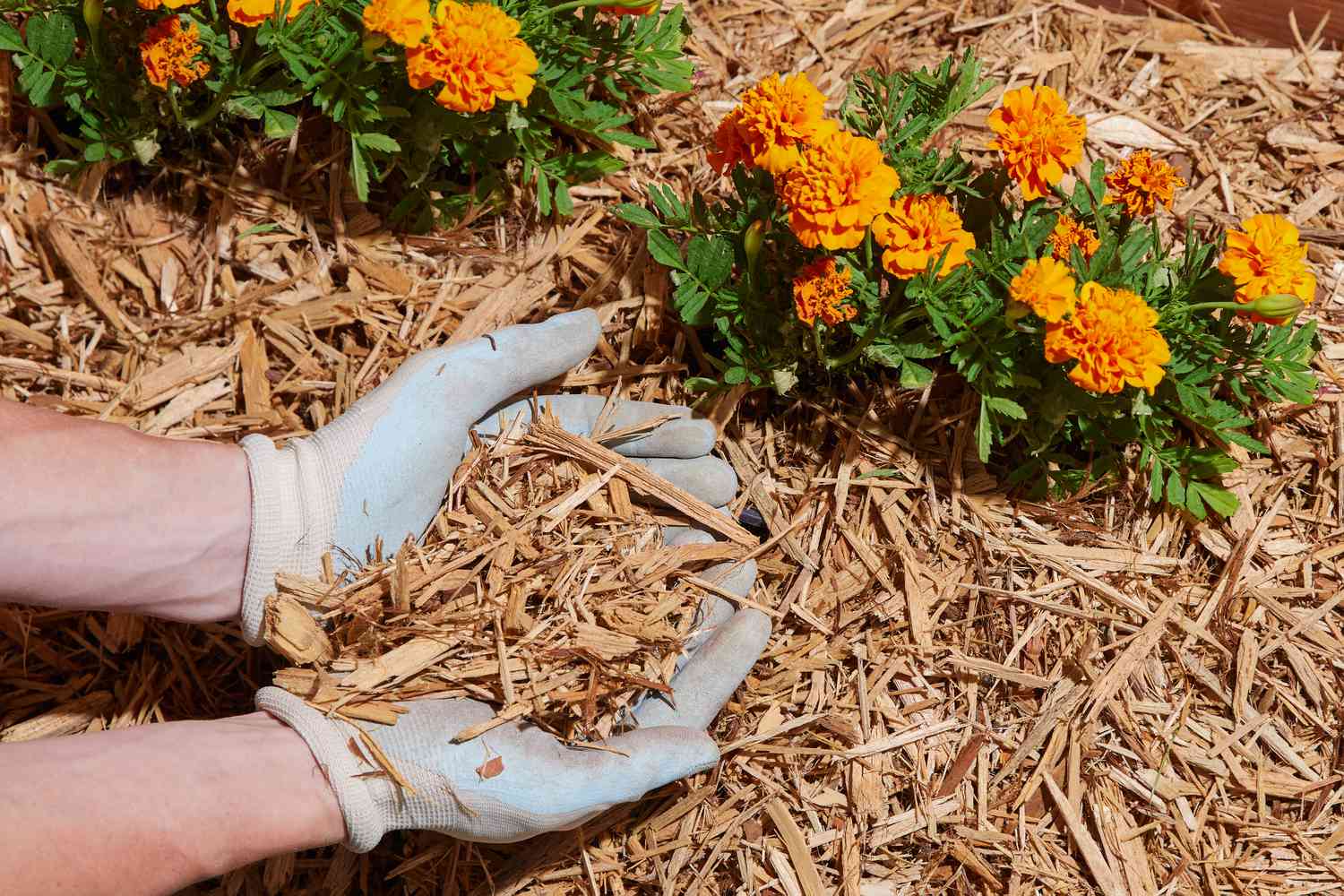
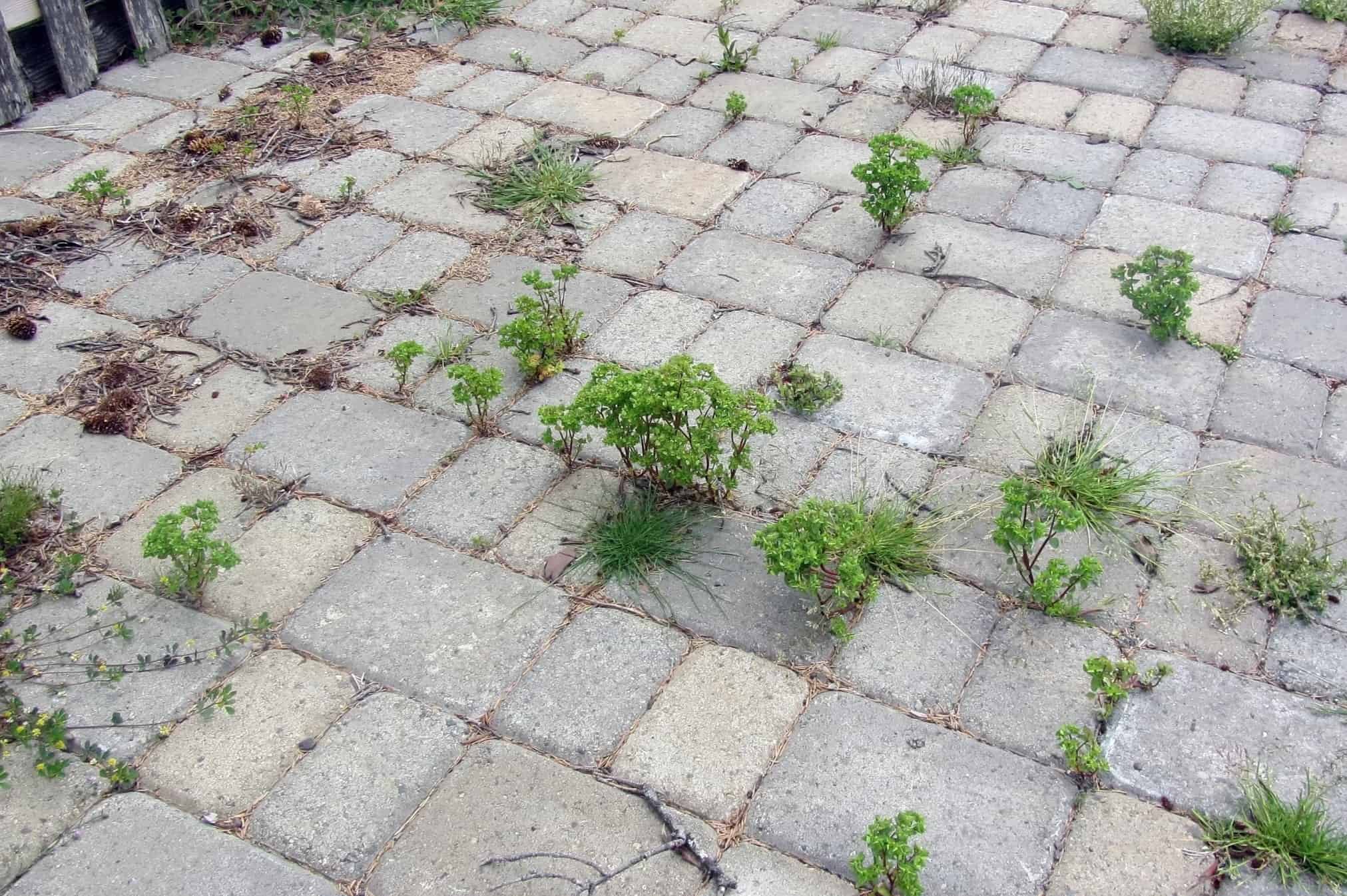
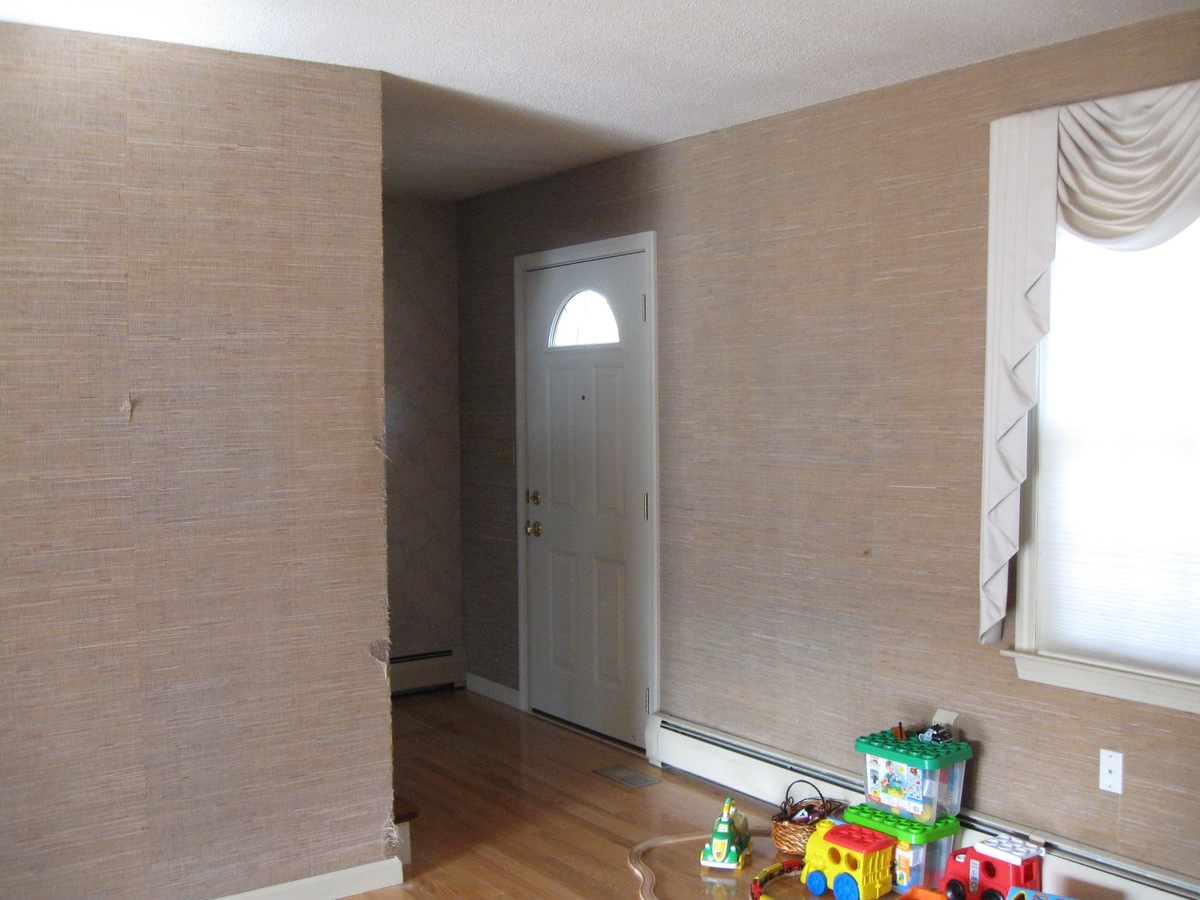
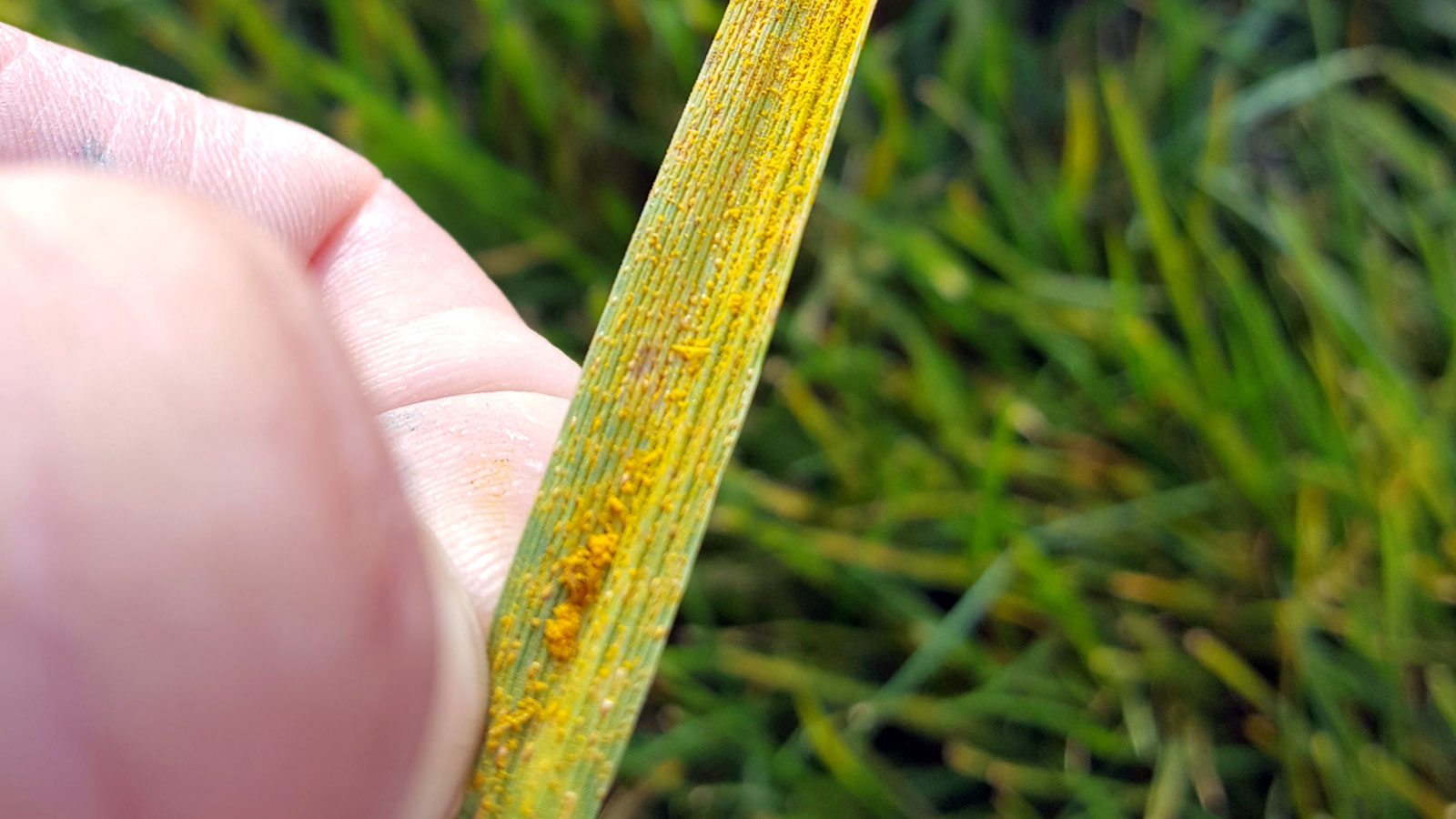
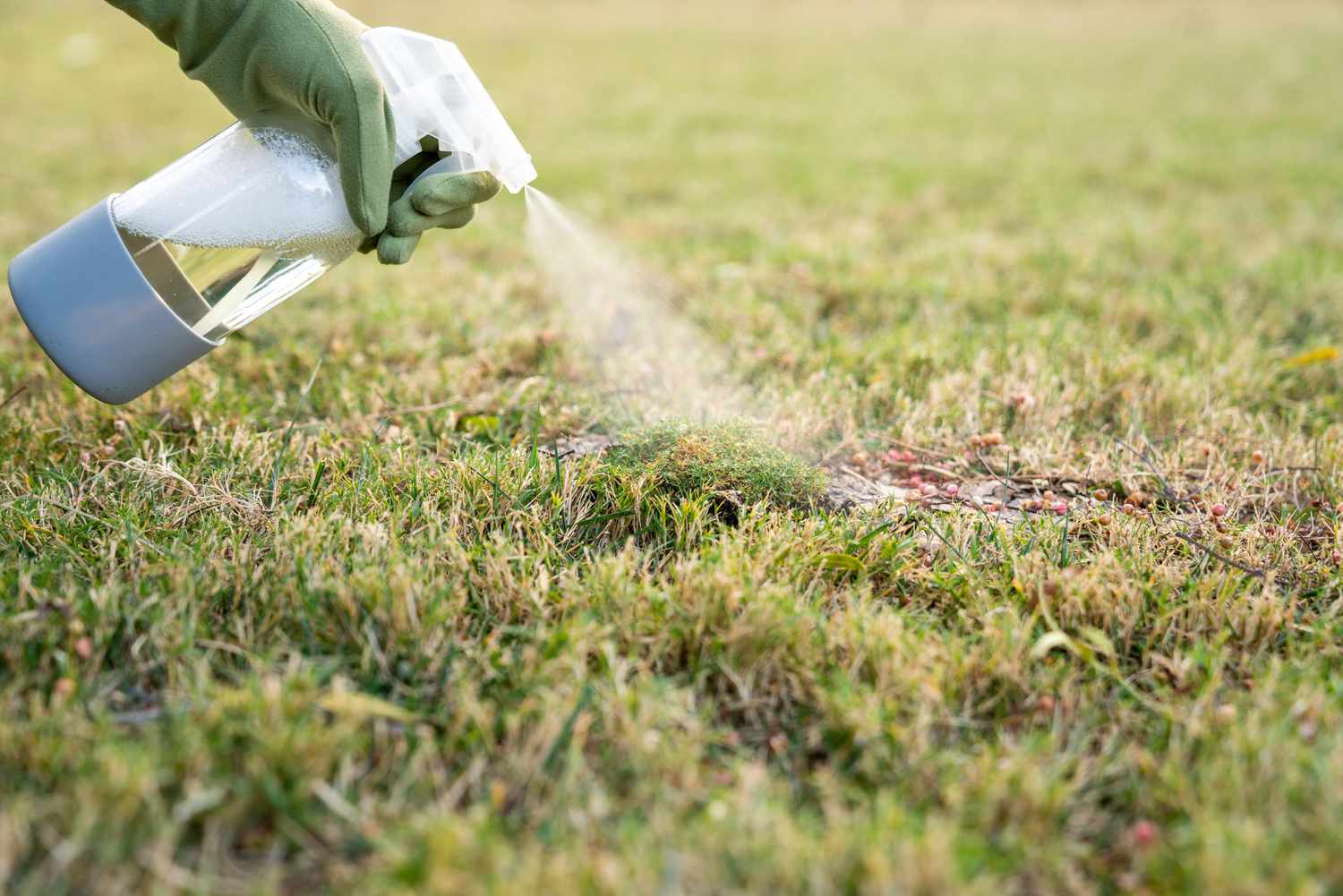
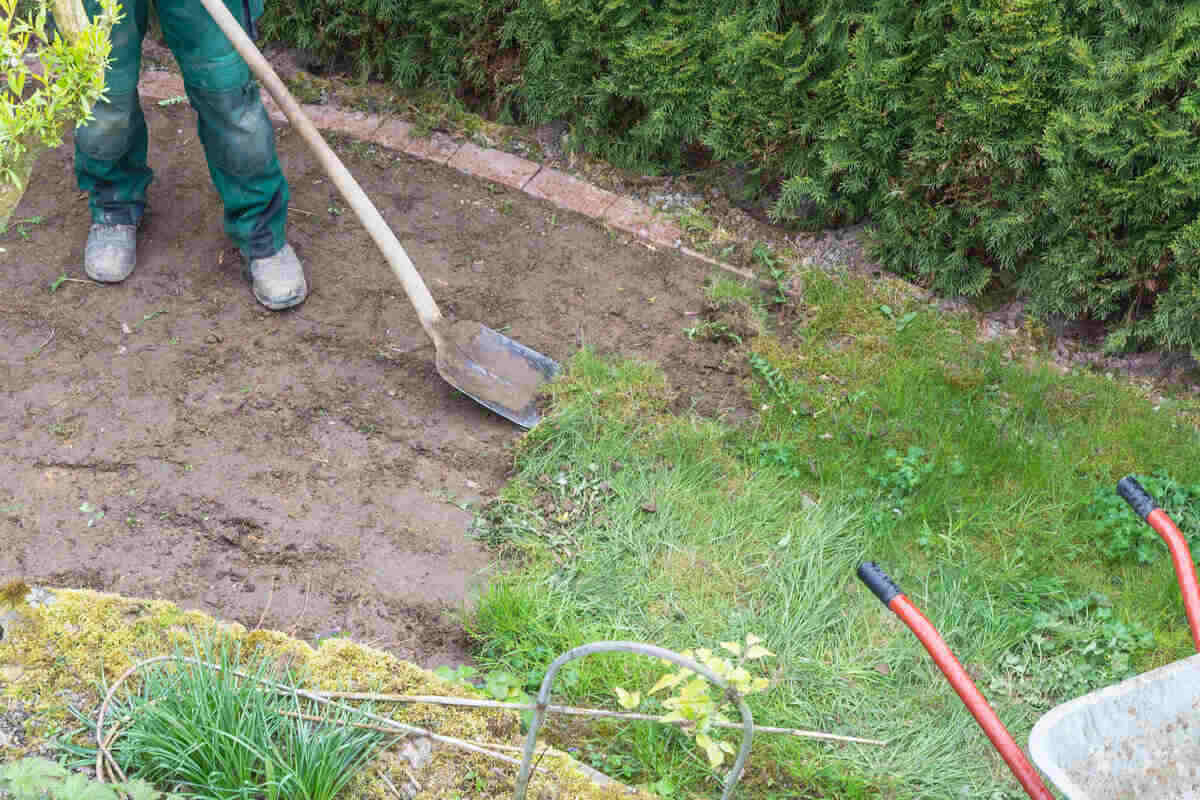
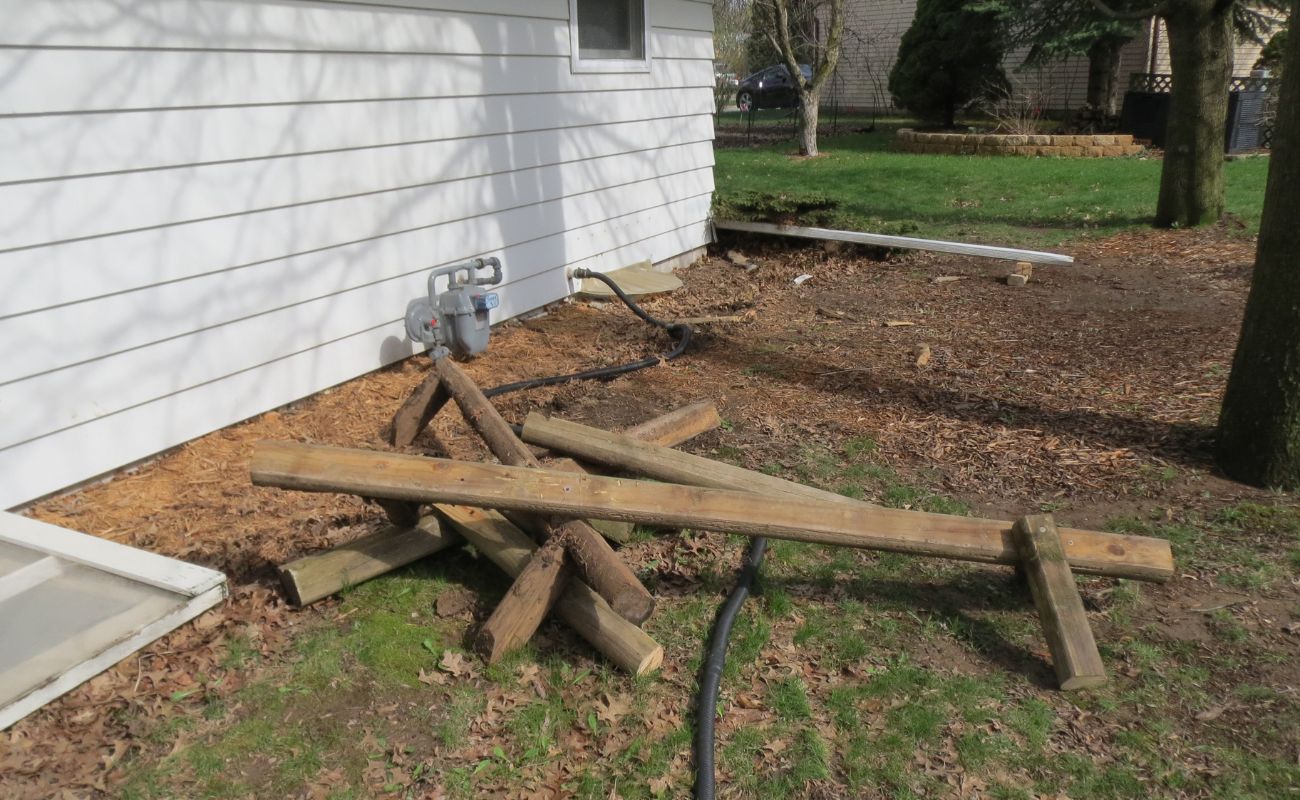
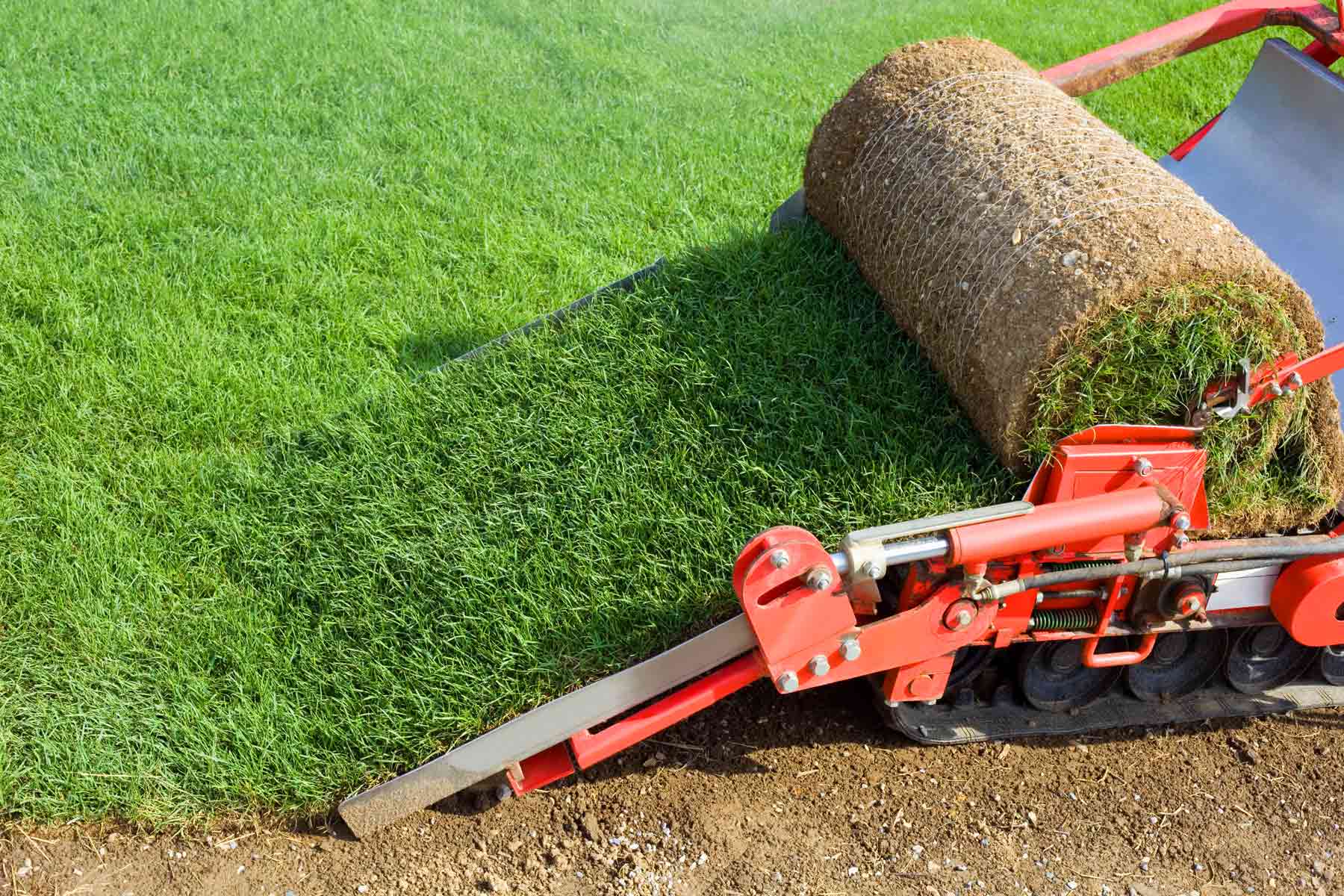

0 thoughts on “How To Remove Grass And Replant”